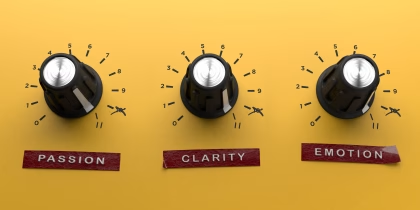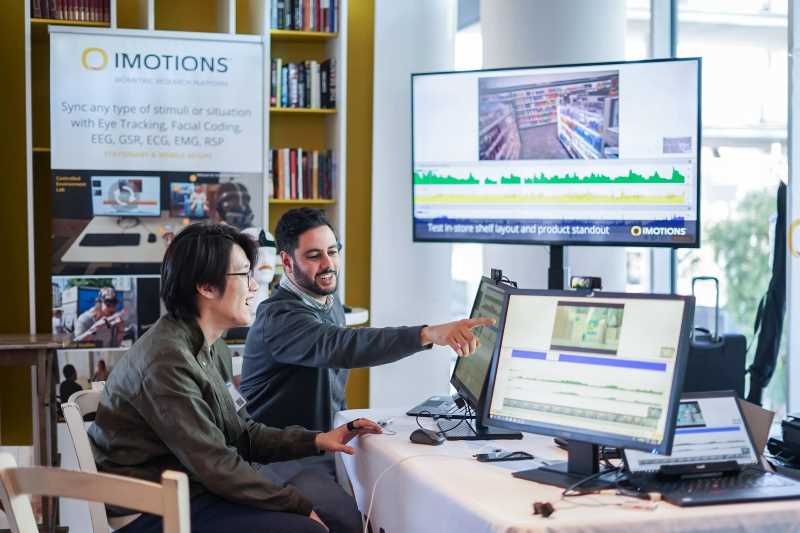Encouraging air travelers’ participation in voluntary carbon offsetting (VCO) remains challenging. Drawing on dual-process and social influence theories, this study investigates whether heuristic cues can optimize message design for online carbon offsetting. Through sequentially designed randomized national surveys and psychophysiological experiments, results revealed that messages leveraging primacy-recency, anchoring, and foot-in-the-door techniques are most effective in increasing carbon offsetting intentions. Findings indicated that women tend to be rational carbon offset purchasers while older men are more likely to be heuristic-induced purchasers. The experimental study further reveals that transparency and efficacy messages with statistical information, rather than heuristic cues, are the most effective approaches in raising respondents’ attention to carbon offsetting details. Practical communication strategies such as providing readable and accurate information are proposed to promote participation in aviation VCO programs.
Related Posts
-

Your Menu Is Your Most Powerful Marketing Asset
Consumer Insights
-

Measuring Pain: Advancing The Understanding Of Pain Measurement Through Multimodal Assessment
Ergonomics
-

Feeling at Home: How to Design a Space Where the Brain can Relax
Ergonomics
-

Why Dial Testing Alone Isn’t Enough in Media Testing – How to Build on It for Better Results
Consumer Insights



